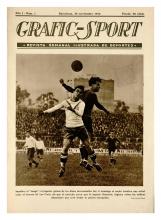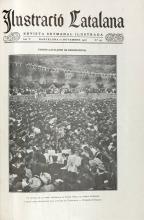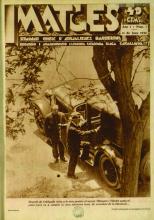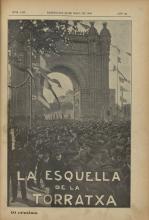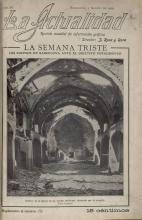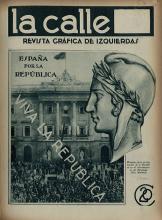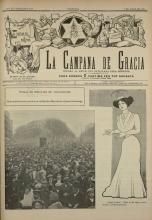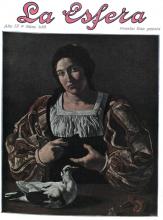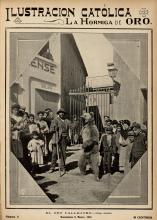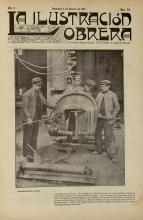The first issue of the magazine La Calle hit the streets in February 1931, bearing the explicit subtitle ‘seminario gráfico de izquierdas’ [left-wing graphic weekly] and containing the editorial ‘República, Ley, Justicia’ [Republic, Law, Justice]. At first, it espoused a brand of republicanism based on federalism, providing a platform for various and quite disparate intellectuals, such as Azorín. This tendency grew less pronounced following the constitution of the new government, in line with the political presence of federalism itself. La Calle was a communicative experience, publishing 73 issues between February 1931 and July 1932.
